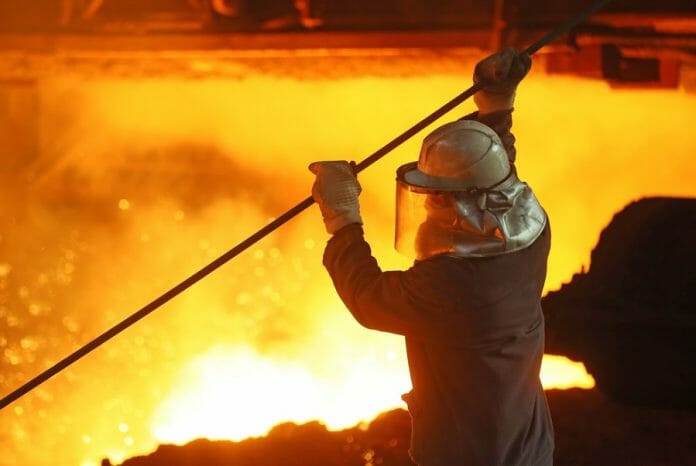The steel industry is set to undergo a significant transformation as decarbonisation efforts accelerate, with the production of less carbon-intensive steel projected to rise to 50% by 2050.
According to the latest Horizons report from Wood Mackenzie, new metallic hubs will emerge as steel industry accelerates carbon abatement efforts as well as the reshaping of steel production and global trade patterns.
Wood Mackenzie said Low-carbon intensive electric-arc furnace (EAF) production currently accounts for 28% of global steel output, and to achieve 50% output, an investment of US$130 billion will be required.
“EAF technology, increased use of green feedstock, and evolving carbon policies will play a crucial role in this transformation,” Wood Mackenzie said in a statement today.
The global research firm said the shift towards less carbon-intensive steel will drive the demand for greener feedstocks such as DRI (Direct Reduced Iron) and high-grade scrap.
“We predict that the share of these feedstocks in total metals demand will increase from 36% to 54% by 2050, leading to new production, processing, and trading hubs for low-carbon iron and scrap.”
DRI production and trade rise will create investment and revenue generation opportunities across the value chain, the firm said.
“Wood Mackenzie forecasts a doubling DRI capacity within 30 years, requiring an estimated US$80 billion investment. This projection does not include potential investments in green hydrogen, smelters for low-grade DRI, pellet hubs, and shipping.”
The firm indicates that the location of new green Direct Reduced Iron (DRI) centres will be determined based on their proximity to low-carbon hydrogen production.
“This is particularly important given the uncertainties surrounding the transportation and storage of traded hydrogen. The Middle East and Australia are well-positioned to take advantage of this opportunity, and the number of projects in these regions is increasing.
“Quality will take precedence over quantity as the cost of lower-carbon steel rises. In markets with high carbon prices, importing green DRI to manufacture low-carbon steel using EAFs will become more favourable than importing finished steel from emissions-intensive producers like China and India.
The firm added: “Decarbonising the iron and steel industry, which currently accounts for approximately 8% of global carbon emissions, is a challenging but achievable goal. With the right levels of investment and policy support, this transformation has the potential to redefine trade patterns and the value chain.”









